Technological Advancements
Technological advancements are transforming the Mass Transit Security Market, enabling more effective and efficient security solutions. Innovations such as artificial intelligence, machine learning, and biometric systems are being integrated into security protocols, enhancing threat detection and response capabilities. For example, AI-driven surveillance systems can analyze vast amounts of data in real-time, identifying potential threats before they escalate. The market for these advanced technologies is expected to expand significantly, with estimates suggesting a growth rate of 8% annually. This trend reflects a broader shift towards smart transportation solutions that prioritize safety and efficiency.
Increasing Security Threats
The rise in security threats, including terrorism and vandalism, has heightened the need for robust security measures in the Mass Transit Security Market. As urban populations grow, public transport systems become more attractive targets for malicious activities. This has led to increased investments in surveillance technologies, access control systems, and emergency response protocols. According to recent data, the market for security solutions in mass transit is projected to grow at a compound annual growth rate of 7.5% over the next five years. This trend indicates a strong demand for innovative security solutions that can effectively mitigate risks and enhance passenger safety.
Government Regulations and Standards
Government regulations and standards play a crucial role in shaping the Mass Transit Security Market. Authorities are increasingly mandating stringent security measures to protect public transport systems. Compliance with these regulations often requires significant investment in security infrastructure, including advanced screening technologies and personnel training. For instance, the implementation of the Transportation Security Administration's guidelines has led to a marked increase in the adoption of security technologies across various transit systems. This regulatory environment not only drives market growth but also encourages innovation as companies seek to develop solutions that meet or exceed these standards.
Public Awareness and Demand for Safety
Public awareness regarding safety in mass transit systems has surged, influencing the Mass Transit Security Market. Passengers are increasingly concerned about their safety while using public transport, prompting transit authorities to prioritize security measures. Surveys indicate that a majority of commuters are willing to support increased funding for enhanced security features, such as improved lighting, surveillance cameras, and emergency communication systems. This growing demand for safety is likely to drive investments in security technologies, as transit agencies strive to meet passenger expectations and ensure a secure travel environment.
Investment in Infrastructure Development
Investment in infrastructure development is a key driver of the Mass Transit Security Market. As cities expand and modernize their public transport systems, there is a concurrent need to enhance security measures. New transit projects often incorporate state-of-the-art security technologies from the outset, ensuring that safety is a fundamental component of design and operation. Recent reports indicate that infrastructure spending in the transportation sector is projected to reach unprecedented levels, with a significant portion allocated to security enhancements. This trend not only supports market growth but also fosters collaboration between public and private sectors to develop comprehensive security solutions.


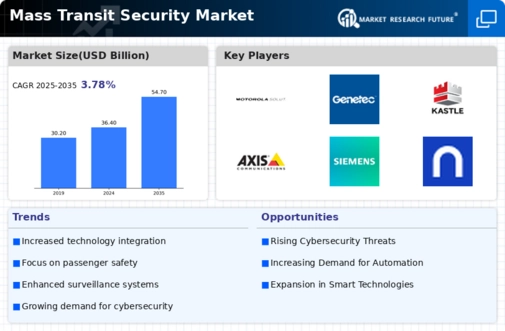
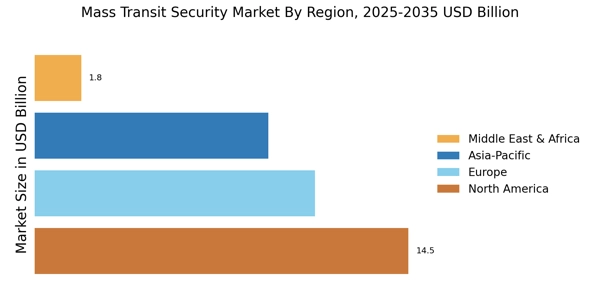
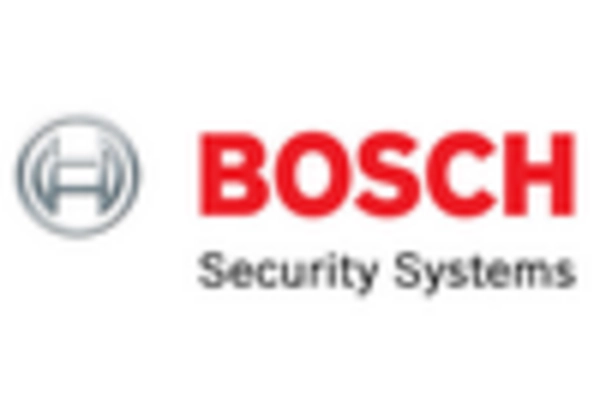
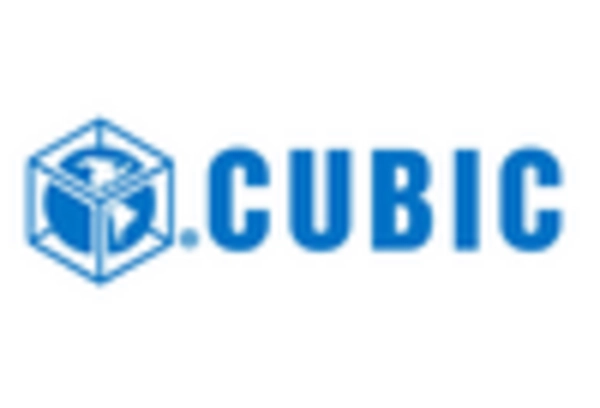
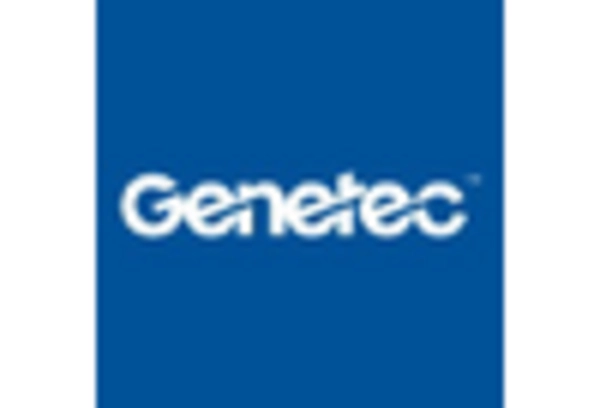


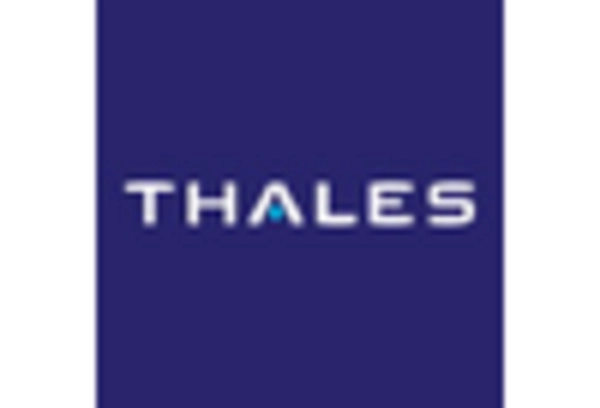








Leave a Comment